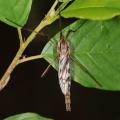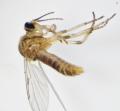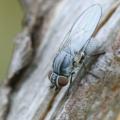Diptera.info :: Identification queries :: Diptera (adults)
Who is here? 1 guest(s)
|
Epicampocera succincta
|
|
| crex |
Posted on 02-08-2006 05:52
|
|
Member Location: Sweden Posts: 1996 Joined: 22.05.06 |
From just north of Stockholm, Sweden yesterday. Would be grateful for ID. TIA! Edit: Changed subject (Unknown diptera 2) Edit: Changed subject (Unknown tachinid) crex attached the following image: 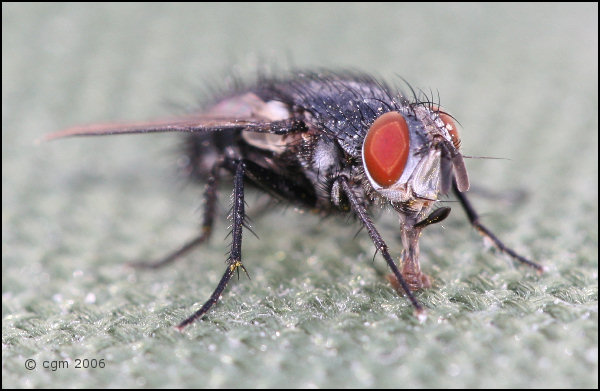 [65.41Kb] Edited by crex on 02-08-2006 21:44 |
|
|
|
| crex |
Posted on 02-08-2006 05:53
|
|
Member Location: Sweden Posts: 1996 Joined: 22.05.06 |
Second view.
crex attached the following image: 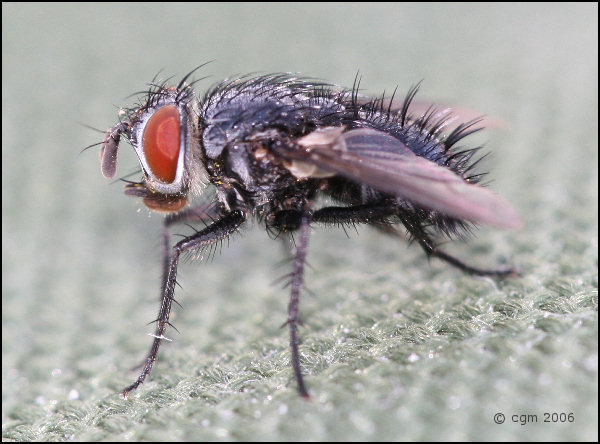 [77.6Kb] |
|
|
|
| crex |
Posted on 02-08-2006 05:53
|
|
Member Location: Sweden Posts: 1996 Joined: 22.05.06 |
Third view.
crex attached the following image: 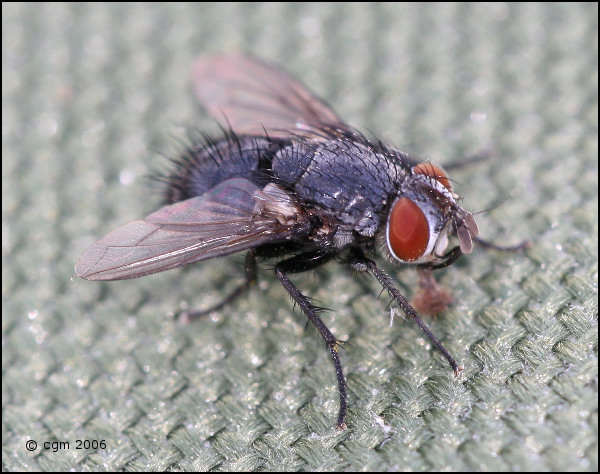 [92.71Kb] |
|
|
|
| ChrisR |
Posted on 02-08-2006 10:06
|
|
Super Administrator Location: Reading, England Posts: 7703 Joined: 12.07.04 |
It's a tachinid ... but I can't quite see enough to be able to identify it. I have tried it in the Palaearctic software key and it could be any one of about 10 genera  |
| crex |
Posted on 02-08-2006 10:52
|
|
Member Location: Sweden Posts: 1996 Joined: 22.05.06 |
Chris Raper wrote: It's a tachinid ... but I can't quite see enough to be able to identify it. I have tried it in the Palaearctic software key and it could be any one of about 10 genera  Thanx very much for your efforts with this cute fly. Identifying Tachinids seems to be a real pain in the unmentionable  |
|
|
|
| ChrisR |
Posted on 02-08-2006 15:12
|
|
Super Administrator Location: Reading, England Posts: 7703 Joined: 12.07.04 |
It's not really that hard - if you can see enough of the fly - but that usually means putting it under a microscope to look at the bristles and hairs. I actually think they are quite simple when you have specimens  |
| Zeegers |
Posted on 02-08-2006 20:53
|
|
Member Location: Soest, NL Posts: 18910 Joined: 21.07.04 |
This one has a typical jizz (as birdwatchers call it), however not mentioned in the keys: * slightly bluish colouration * third antennal segment distinctly convex on outer border * esp. females with very clubbed palpi --> Epicampocera succincta Theo Zeegers |
|
|
|
| crex |
Posted on 02-08-2006 21:43
|
|
Member Location: Sweden Posts: 1996 Joined: 22.05.06 |
Amazing knowledge. I appreciate it very much Theo. |
|
|
|
| crex |
Posted on 02-08-2006 22:33
|
|
Member Location: Sweden Posts: 1996 Joined: 22.05.06 |
As I gather it this fly is a parasite on Lepidoptera larvae, Small Emperor Moth (Saturnia pavonia) among a few others ... |
|
|
|
| Zeegers |
Posted on 03-08-2006 18:08
|
|
Member Location: Soest, NL Posts: 18910 Joined: 21.07.04 |
Not amazing knowledge, but just a lot of experience (I once IDed 25000 Tachinids in 8 months, that helps). Epicampocera is supposed to be polyphagous, however, the primary host clearly is Pieris. Theo |
|
|
|
| Jump to Forum: |



